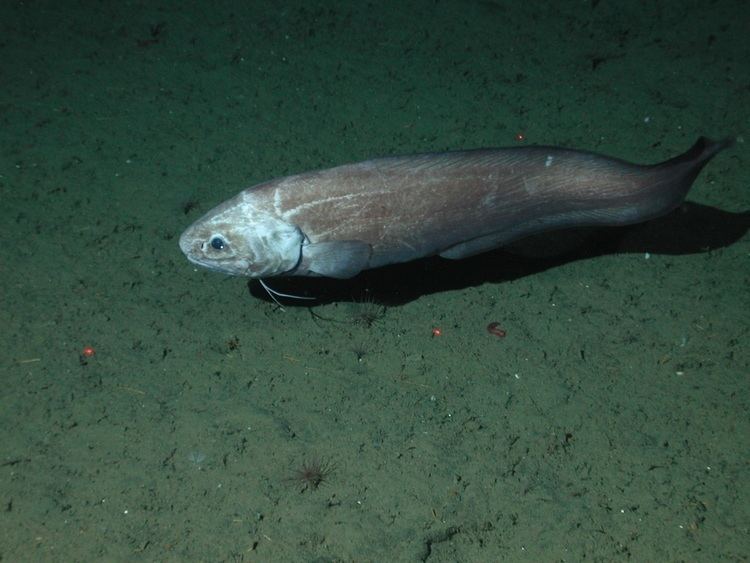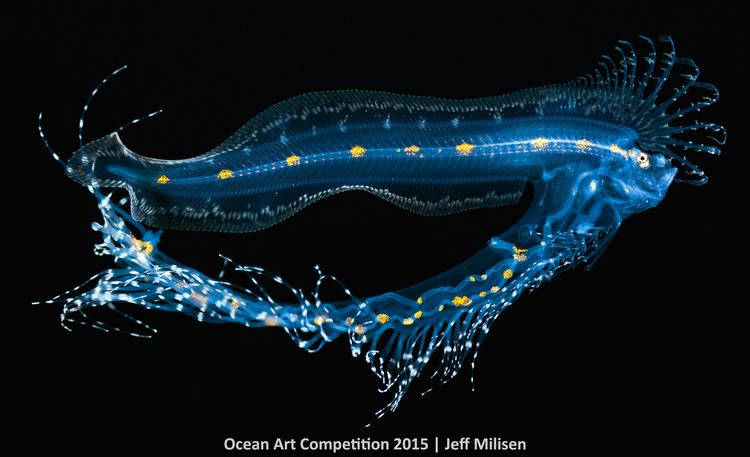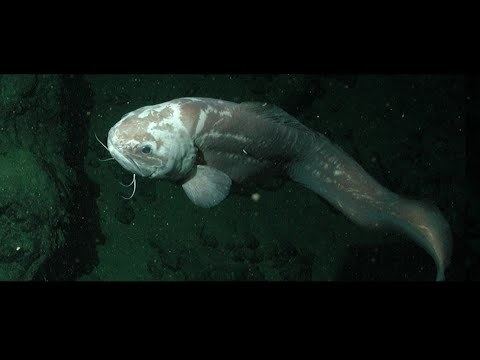Kingdom Animalia Superorder Paracanthopterygii Phylum Chordata Rank Family Subclass Neopterygii | Infraclass Teleostei Scientific name Ophidiidae Higher classification Ophidiiformes Order Ophidiiformes | |
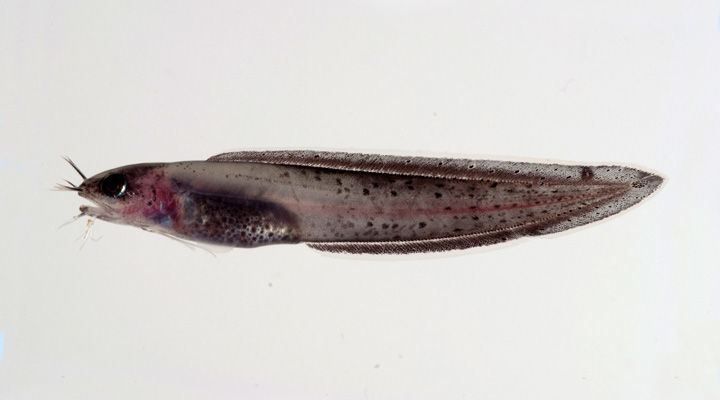 | ||
Lower classifications Pink cusk‑eel, Genypterus capensis, Bassozetus | ||
The cusk-eel family (Ophidiidae) is a group of marine bony fishes in the order Ophidiiformes. The scientific name is from the Greek ophis meaning "snake", and refers to their eel-like appearance. However, they can be distinguished from true eels of the order Anguilliformes by their ventral fins, which are developed into a forked barbel-like organ below the mouth in the cusk-eels; in the true eels by contrast they are never well-developed and usually missing entirely.
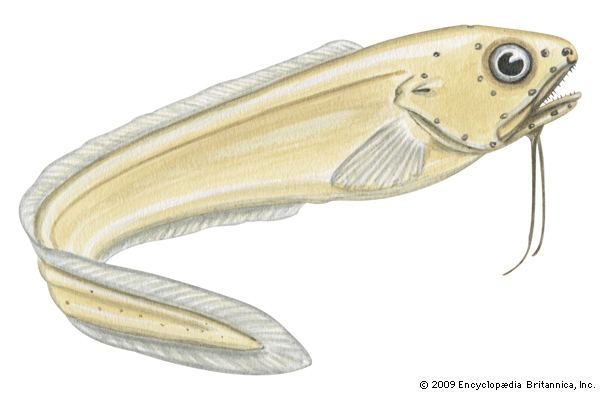
They are found in temperate and tropical oceans throughout the world. They live close to the sea bottom, ranging from shallow water to depths below 2,000 m (6,600 ft). One species, Abyssobrotula galatheae, was recorded at the bottom of the Puerto Rico trench, making it the deepest recorded fish at 8,370 m (27,460 ft).
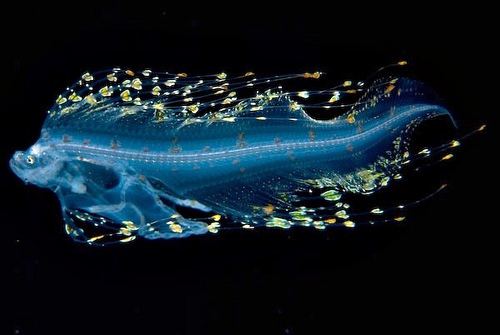
The largest species, Lamprogrammus shcherbachevi, grows up to 2 m (6.6 ft) in length, but most species are shorter than 1 m. Unlike their close relatives, the viviparous brotulas of the Bythitidae, they are egg-laying, and the larvae live amongst the plankton, relatively close to the surface.
A few species are fished commercially, most notably the pink cusk-eel, Genypterus blacodes.
Genera
The cusk-eel family contains about 240 species, grouped into 50 genera:
Subfamily Brotulinae
Subfamily Brotulotaenilinae
Subfamily Neobythitinae
Subfamily Ophidiinae
